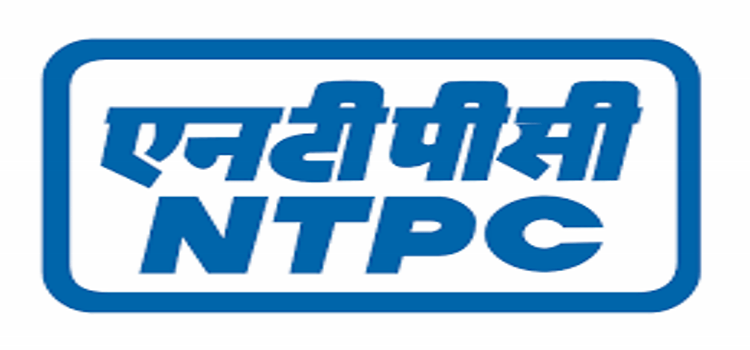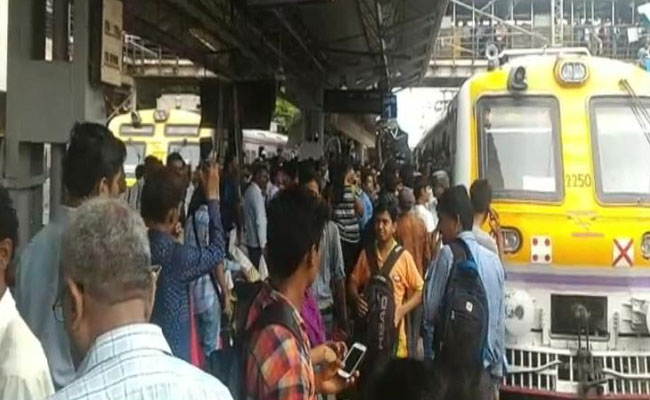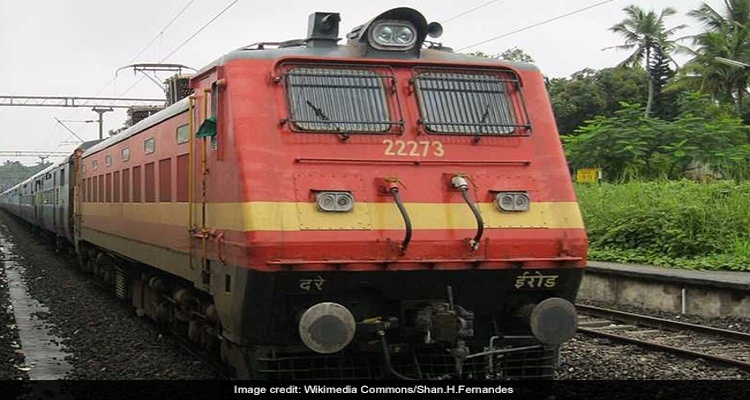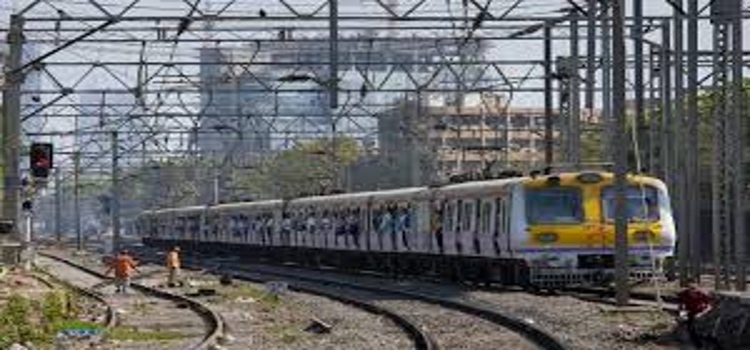
Railway Recruitment Cell (RRC), Central Railway Mumbai will recruit candidates under Sports and Guides quota. Online application process, which has begun on 16 November 2017 will continue till 30 November 2017 (5.00 pm). Recruitment will be held for filling 12 vacancies . ‘The posts are open to all regardless of Community and there is no reservation for any community. Further, only the candidates qualified in the Written Test shall be called for Scouting Skill Assessment,’ reads the official notification released at rrccr.com.
For level 1 post (10 vacancies), candidate must have qualified 12th pass exam and should not have secured less than 50% marks or must have completed Act Apprenticeship course or else should have passed matriculation plus ITI approved by NCVT/ SCVT.
For level 2 post, applicants must be 10th pass or ITI or NAC granted by NCVT or 10th passed plus National Apprenticeship Certificate (NAC) granted by NCVT or 10th passed plus ITI. Candidates should also note that,’ Persons if appointed to the category of Clerk-cum-Typist should acquire Typing proficiency of 30 w.p.m. in English or 25 w.p.m. in Hindi within a period of two years from the date of appointment and till such time their.
appointment to this category will be provisional.’
Candidates should also go through the Scouts and Guides eligibility as well, before applying.
Candidates must be age group of 18-28 years for level 2 post and must be in the age group of 18-31 years for level 1 post.
Candidates will be selected on the basis of written test and scouting skill assessment. The written test will be held on 4 February 2018.








